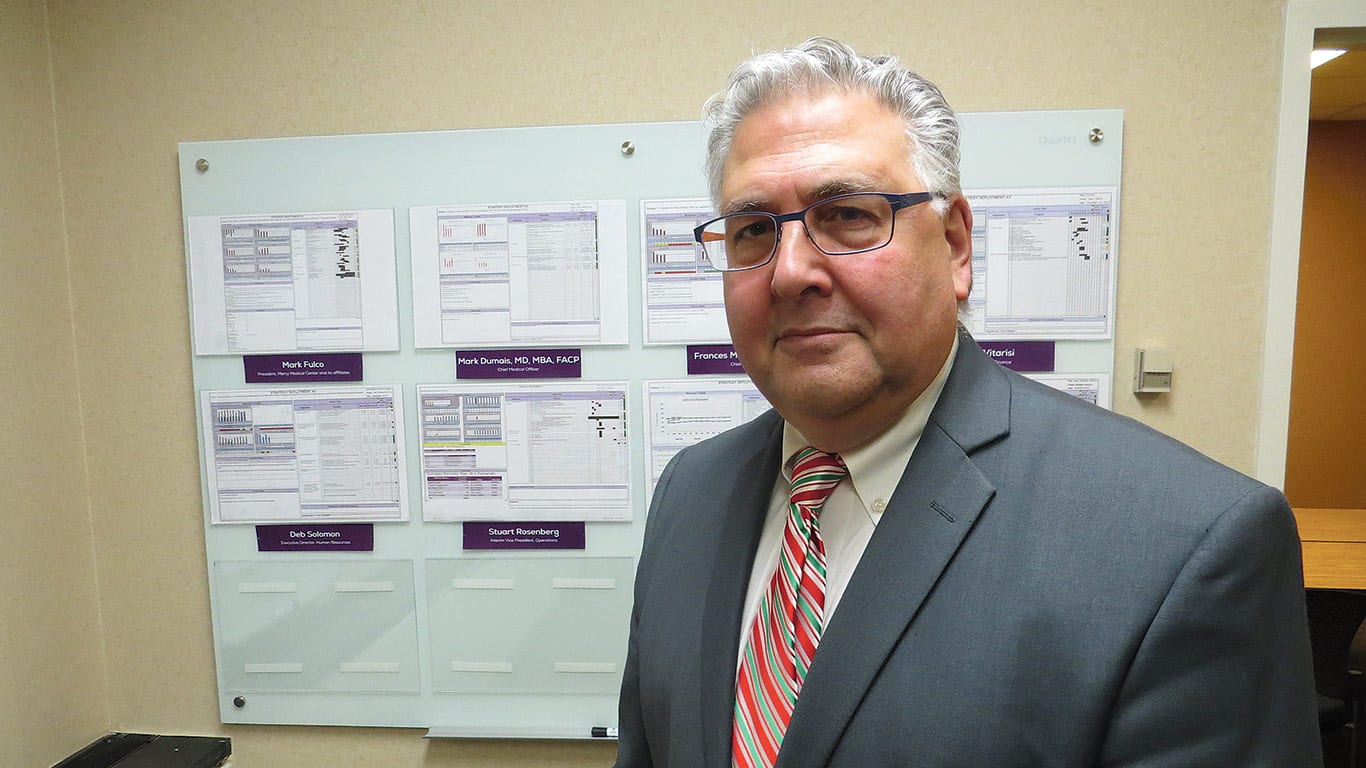Paperless is More But Taking This Route Requires Extensive Planning and Execution
The health care industry is abuzz with talk about the mandate for electronic medical records by 2014. But should back office processes go paperless as well?
Businesses of all kinds have been moving in this direction for years as a way to cut costs, reduce waste, and maximize efficiencies. However, the implementation can be a daunting task if not undertaken with proper planning and care.
Company management needs to understand what documents to retain electronically and what to keep on paper, what technology will be required, and how to maximize employee acceptance.
Hard-copy documents come with a high cost in terms of both paper and storage. Such storage must be maintained with proper electricity, heating, and cooling, and is at risk of loss in disasters. Most companies don’t have the space to store all of their records in house, and have to outsource this function. When records need to be recovered, it takes time to make requests, find specific items, and get them returned.
Paperless storage offers a more long-term solution to record retention, ease of access, and, with proper backup, stronger data security. It also demonstrates a commitment to reducing impact on the environment, which can be used as a marketing tool.
In the health care environment, the largest benefit of paperless processing is in billing. Submitting Medicare and other insurance claims electronically results in significantly quicker payment turnaround.
Most offices can never be completely paperless, however.
The first step to reducing hard-copy documents is to understand what can be shredded, what needs to be kept in paper, and what should be scanned. A review of the requirements of all applicable regulatory authorities should be undertaken to ensure compliance. For example, credit card statements are not sufficient to provide evidence in the case of an IRS audit; receipts and cancelled checks are required. Documents such as these, which provide an audit trail for financial transactions, should be scanned. Legal documents with original signatures should be kept in paper, but retaining such permanent files in an electronic format is an added level of security.
Automation is an important part of the electronic environment. Most banks now allow for online and automatic bill payments as well as data downloads of transactions into accounting software. They also can provide check deposits via scanner and payment matching to detect fraud. Of course, an employee must still be designated to review and reconcile transactions, but these systems work to limit mistakes in data input and reduce the time spent. To the extent that the health care billing system can be automated, it can eliminate double billings and claims kicked back due to human error.
The office needs to acquire sufficient technology and establish formal procedures to create and maintain computer files. Depending on the size of the organization, information technology consultants may be needed and can be costly. A multi-page scanner is a must, and computers and monitors should be expected to need upgrading every few years: housing files can require significant amounts of server space.
Meanwhile, company policies need to be instituted and reviewed regularly; checks and controls should be put in place to ensure that scanning is done correctly. Items should require a sign off when scanned to verify completion and avoid duplication. A backup process should be in effect and should be stored offsite or online. Also, a filing system must be integrated so that documents are retained in an organized and understandable manner.
To ease the transition to paperless records, a company should pick a cutoff date for scanning. Documentation after this date will be retained electronically, and files before this date will still be in paper. Since most financial records have expiring retention dates, it is a waste of time to scan all the old files. Because the retention dates for the paper files expire, they can be destroyed. Items of a permanent nature that occurred before the cutoff date, such as leases and organizational documents, should be scanned.
Staff needs to be trained and on board with the application of the new system. Like any major change in operations, it is important to communicate the goals of the program and how it will benefit employees in the long run. An evaluation of each employee’s computer skills would be helpful to identify where additional training will be needed.
Some companies find it best to hire outside consultants to implement this transition, while others assign staff with strong computer skills as point people with additional responsibility for facilitating the implementation. Consideration of how people interact within the organization should govern which method works best.
Paperless records and automation of accounting processes can cut down on wasted supplies, time, and input errors. While the benefits of a paperless system are obvious, administering such a program involves forethought. Management needs to weigh the benefits of a paperless environment with the time and investment required.
Administrators must also work out how to integrate such a system with the accounting processes and office culture already in place.
Charlotte Cathro, CPA, MSA is a tax manager with the Holyoke-based certified public accounting firm Meyers Brothers Kalicka, P.C.

